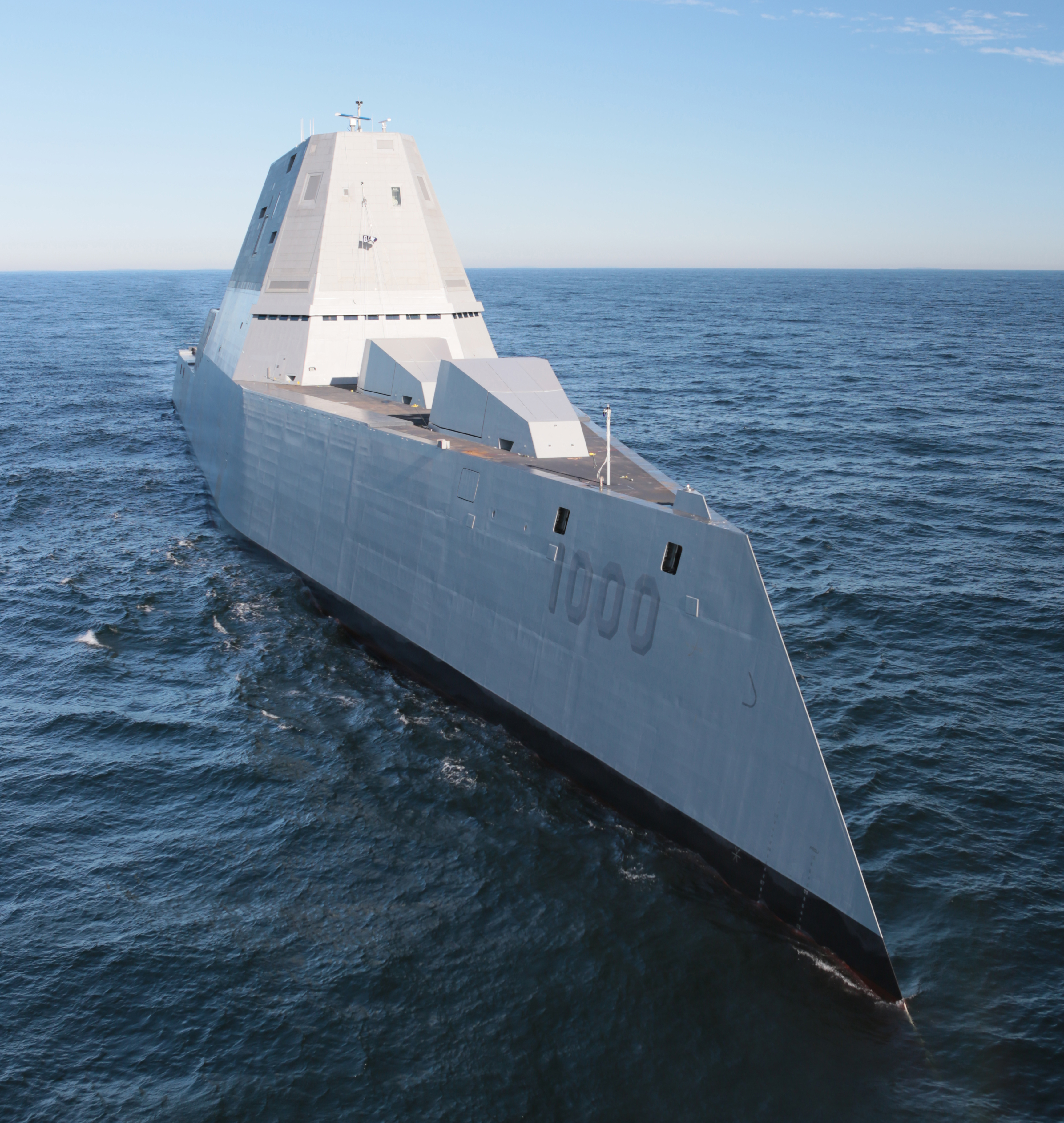America’s Opening Break Shot in Korea
by Col. Michael Haas, (USAF, ret.)
Special Analysis for the National Security Forum
“If this goes to a military solution, it’s going to be tragic on an unbelievable scale.
Secretary of Defense James Mattis
2 June 2017, interview in Seoul, Korea
Prologue: As in both billiards and war, the opening break shot into the pyramid of balls–targets–is intended to create chaos. So, too, in both these activities, the edge goes to the competitor taking the break shot.
The U.S. and the Republic of Korea (ROK, or simply South Korea), have long agreed to a combined, defensive response to a North Korean attack. The current agreement is titled Operations Plan 5015 (OPLAN 5015), and is heavily classified as one would expect. Still, small bits of the plan have reached the public domain. And it does appear the latest version adds a new wrinkle: The concept of a preemptive attack on North Korea.
Which begs the obvious question, just what would a U.S.-ROK preemptive attack look like? Accepting the daunting challenge from our NSF Director–to answer this complex question in a mere nine hundred or less words–your author takes a crack at the most-likely aspects of OPLAN 5015 in the preemptive mode.
—————————————————-
We begin with a succinct look at North Korea’s strategy, then its order-of-battle (OB) forces. Thence how OPLAN 5015 might counter them. As for its strategy, the North Koreans have their own version of OPLAN 5015.
Theirs is a ‘two front war’ with both fronts launched within hours of each other. The more conventional front (‘One Blow Non-stop Attack’), consists of a massive hammer blow against the Demilitarized Zone (DMZ) separating the two countries. Making up for its lack of creativity is the sheer brutality of its overwhelming artillery, infantry and armor attacks. So too, chemical attacks against key targets (e.g., Osan Air Base) will highlight this front.
Launched simultaneously or more likely hours in advance, the second–unconventional warfare–front will create massive disruption and confusion in South Korea’s rear areas. Thousands of North Korean Special Forces infiltrating by air and sea, as well as ‘sleeper’ agents already in South Korea will foment this disruption. Wildcard: North Korean attacks on U.S. bases in Japan? With favorable circumstances, Pyongyang’s leadership believes they may achieve victory in a month.
To execute this strategy, North Korea counts on four formidable weapons: (1) The world’s fifth largest army (2) 200,000+ politically indoctrinated and well-equipped Special Forces (3) Ballistic missile forces and (4) Cyber commands with advanced sophistication. Taking them in this sequence, we return to OPLAN 5015.
America’s high-tech military suffers a painful history of losing post-WWII guerrilla wars to sandal-clad opponents. But this outcome has invariably stemmed from this asymmetric form of warfare presenting few targets upon which our war machine can focus its overwhelming firepower (not to mention an appalling lack of civilian political astuteness).
A lack of vulnerable ground targets should not be a problem with much of North Korea’s million-strong army marching southward in the open. As for fleeting, ‘pop-up’ targets (e.g., mobile artillery), the U.S. possesses a ready answer: Its fleet of MQ-9 Reaper, MQ-1 Predator, and the stealth RQ-170 drones, all maintaining a persistent presence overhead likely targets.
As a bit of perspective, North Korea’s Special Forces outnumber those of the entire U.S. Special Operations Command, by at least a 4:1 margin. Likely dressed in civilian attire or South Korean military uniforms and obviously speaking Korean, these ‘rear area disruption forces’ pose an extremely dangerous threat. Thus, the solution to this threat lies in the only sources that can possibly deal with it: The ROK military and police. U.S. bases in South Korea will likely have to fend for themselves as obvious targets.
OPLAN 5015 will have the fixed-site air defense and control sites targeted by both air and sea, before a preemptive strike is undertaken. So too, the stealth B-2 and F-22 aircraft overhead will put a serious dent in mobile platforms; particularly if it proves feasible for Special Operations to place strategic reconnaissance teams on high terrain. With North Korean air defenses rendered negligible, U.S. and ROK non-stealth F-15, F-16, F-18 aircraft will deal effectively with the North Korean Air Force and Navy.
North Korea’s cyber capabilities are assessed as formidable. ROK computer systems are more likely vulnerable than are U.S. systems; both electronically and of course physically. We can only rely on the United States Cyber Command (USCYBERCOM), as well as whatever offensive cyber-capabilities possessed by the NSA and CIA, to deal with this digital snake-pit.
The U.S. and ROK militaries have the capabilities to take an effective opening break shot. And ‘probably’ deal with North Korea doing the same to them. But not since World War One would a conflict begin with such uncertainty regarding ‘unintended consequences.
Which reduces this entire drama to one question to which our dysfunctional political leaders in Washington had better find the right answer: Which is worse, war in Korea today, or taking our chances with an ICBM-equipped, nuclear armed North Korea tomorrow?
Col. Michael Haas, USAF, ret., served in numerous Army and Air Force Special Operations commands during his dual-service career. His Pentagon tour included assignments to the Air Staff (Strategy Division) and the Defense Intelligence Agency. HIs published works include In the Devil’s Shadow: UN Special Operations during the Korean War. He is a graduate of the Naval Postgraduate School.


